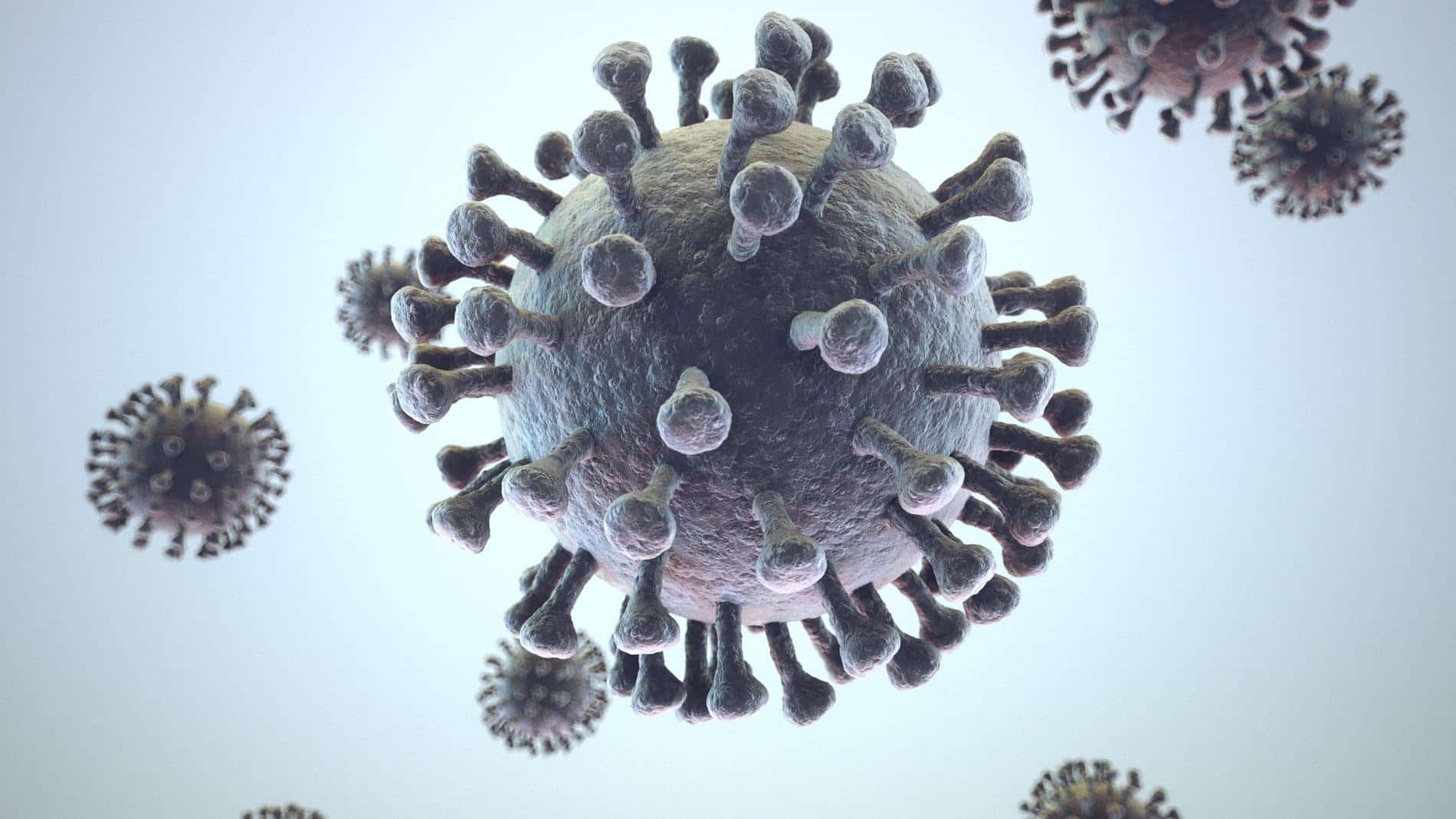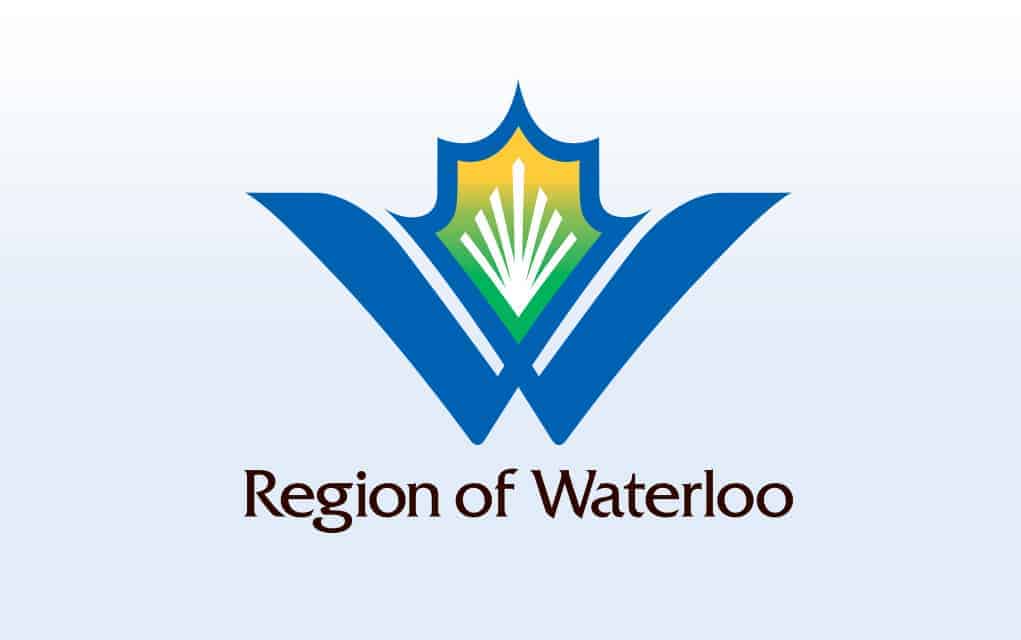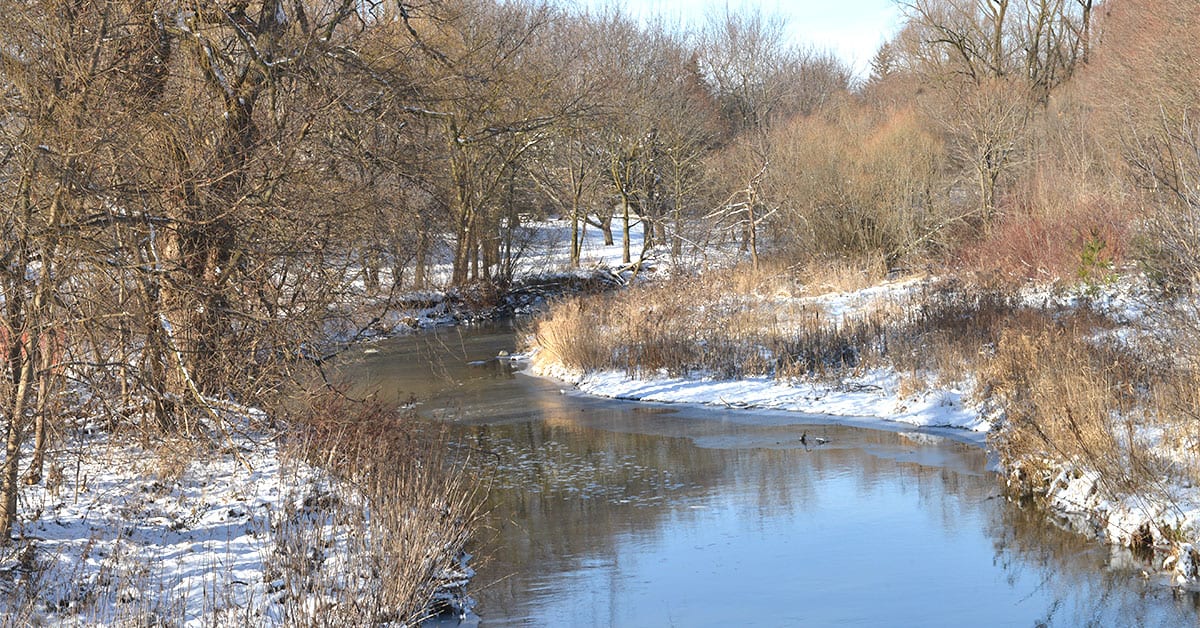At this time two years ago, many of us were only just starting to hear about a little-known coronavirus appearing in other countries, hoping it didn’t make its way to Canada. Now, COVID-19 is a part of our daily lives, a new variant having an impact this very day.
Over that span, there’s been a dramatic change in our response as a society and as individuals.
For public health officials, trying to brace the public for continuous changes and new variants in a global pandemic can be a difficult job, one that involves being able to fly by the seat of one’s pants, being calm and making decisions not everyone will welcome.
With the arrival of a vaccine a year into the crisis, things got even busier.
Vickie Murray, the lead of the region’s vaccine distribution task force, knows firsthand what that meant. The director of pharmacy at Grand River and St. Mary’s hospitals was at the first regional vaccine clinic at Grand River Hospital. They started with 10 people that day, seeing 100 the following day. Now, they’re immunizing thousands.
“One year ago now, I was working to setup a vaccine clinic. I think we had a week and a half notice in Grand River Hospital in the Kaufman building and we did 10 doses our first day, we were pretty excited when we did 100 doses the second day. Very soon we are going to reach a million doses, so we really have come a long way,” she said of an approaching milestone in the region during the region’s weekly pandemic briefing.
“In that journey that has had many ups and downs, we have learned a lot and so now we know how to ramp up vaccine clinics, we know how to support each other. We work together whenever it’s needed. We make the impossible happen and we’re going to keep doing that. It’s been a long journey and clearly we have some hard times ahead of us as well but were doing it together, everyone as a community.”
St. Mary’s General Hospital president Lee Fairclough said she was happy to see how quickly so many partners in the community came together during the pandemic in support of the frontline healthcare workers.
“I think we are in a better place as a health system to respond. I think back to 2020 in wave one and you’ll remember we were trying to figure out what did testing even mean. We were trying to orient our staff with new infection control practices, we were trying to really open up new spaces to be sure we were ready to respond to the impact of cases we were going to see. When I think about where we were in 2020 and where we are today from a health system perspective – we’ve got a lab system, we’ve got a testing system, we’ve got a vaccine system. We also have incredible partnerships, we also have worked across sectors, across long term care, acute care, home care, primary care, social sectors in a way we never had,” said Fairclough.
The staff at St. Mary’s in Kitchener are bracing for the new Omicron variant as it arises in the community, noted Fairclough, staying hopeful after seeing how far the region has come since the first case was announced.
“I’m worried about what’s coming. I think we are in a much better place to address it and come together quickly to do it. I think the community also has a better understanding of what needs to happen. So those two things give me a little bit of hope.”
The region’s medical officer of health, Dr. Hsiu- Li Wang, has been helping lead the community through the pandemic from the start.
“We’ve come a long way. Imagine the risk we would be seeing if we didn’t have 75 per cent of our population already with two doses. I think it’s easy to forget that because of the magnitude of what we know is coming our way,” she said. “I think we have to remember that every brick we have built over time in that wall of vaccine protection against COVID-19 and its variants. All of that counts when you are faced with a new threat – it’s always better to have a stronger or higher wall than a lower one. Our community has come a long way.”
One of the biggest impacts Wang noticed over the last two years was how quickly the community was able to adapt to the new changes, following public health guidelines as much as possible.
“We have seen changes in people’s behavior, changes in people’s social contact that have changed the trajectory of where we were headed.”
Bruce Lauckner, the region’s chief administrative officer, recalled the first time he heard about COVID and the impact it would possibly have on the area.
“I remember the first call from the minister’s office in January of 2020. I was at a volleyball tournament and I remember my wife looking at me because I was very, very pale and frankly scared because I really thought that we were years and years and years before we’d even develop a vaccine and thought how many hundreds and millions of people will pass away. It’s over five million people have tragically died from this. At the same time, I can’t thank the community and all the partners at this table for all the lives that were saved, how many people were saved because measurements were taken before we received COVID vaccines, and how many lives will continue to be saved, not only in the short term but in the long term with things like long COVID because of the measures that people will take including in the coming weeks.”
Lauckner said he appreciated the way the community responded to the pandemic and is still responding today.
“Our community has stepped up, and that hasn’t happened, as we’ve seen, with every community in the world. I’m so proud to be a resident of this region.”









